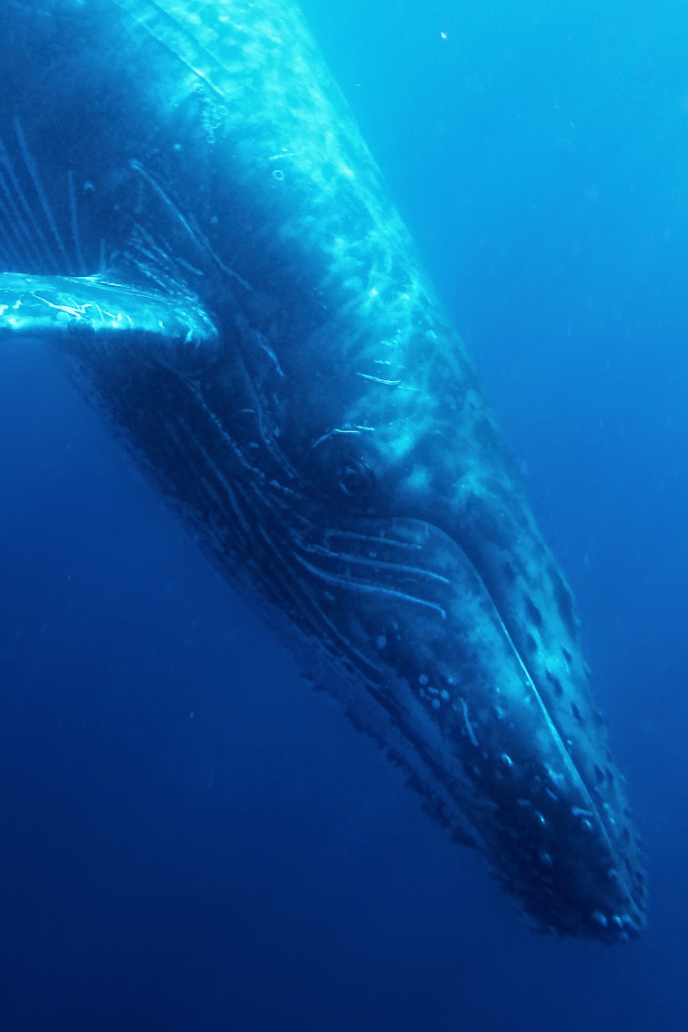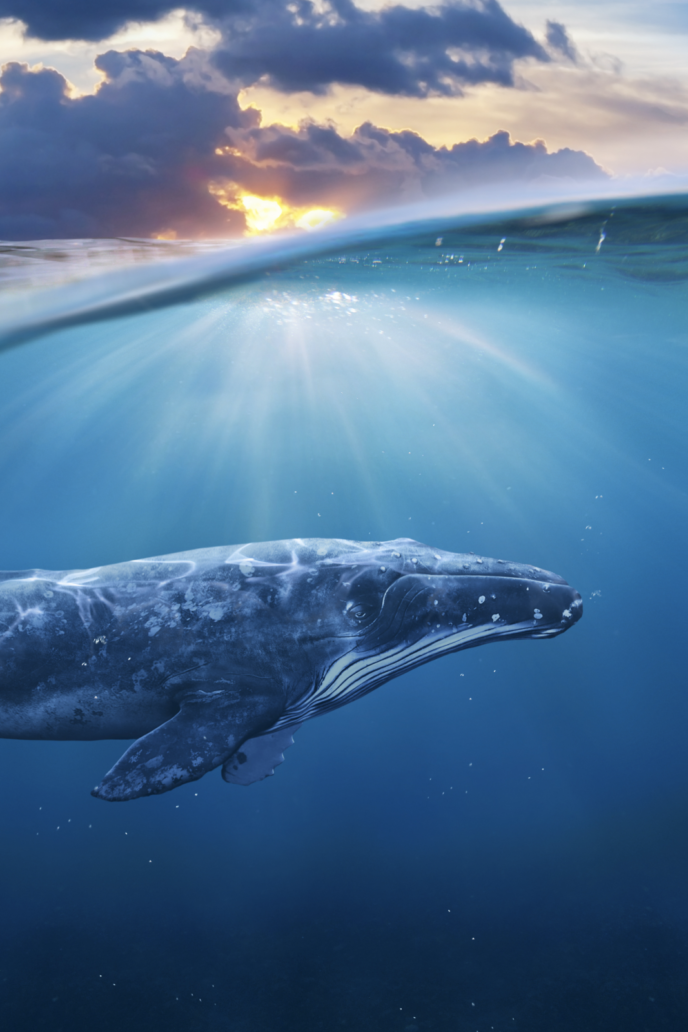Visiting or living in Hawaii means enjoying the beautiful beaches and coral reefs that make up this unique island paradise. To ensure these natural wonders are preserved for future generations, it is important to choose a reef-safe sunscreen when spending time outdoors. Reef-safe sunscreens are formulated without certain chemicals that can harm marine life and pollute our oceans. In this article, we will look at what makes a sunscreen “reef safe” and explore some of the popular reef-safe sunscreens available in Hawaii.
Reef-safe Sunscreen VS. Reef-friendly Sunscreen
Reef-safe and reef-friendly sunscreens aim to protect marine life from harmful chemicals. Reef-safe sunscreens exclude ingredients like oxybenzone and octinoxate, known to damage coral reefs, while reef-friendly sunscreens may contain these chemicals in lower concentrations or with other ingredients that mitigate their impact. For Hawaiian vacations, using reef-safe sunscreen is recommended for more natural protection and minimal environmental harm, ensuring both effective sun protection and the preservation of ocean health.
What Makes a Sunscreen Reef-safe?
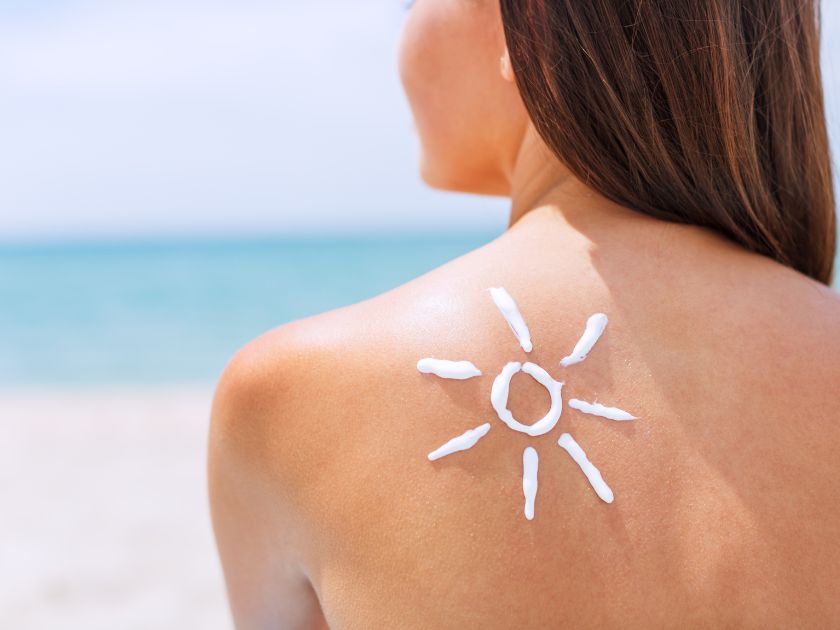
Reef-safe sunscreens are designed without harmful chemicals like oxybenzone and octinoxate, which damage coral reefs and marine life. Instead, they use mineral sun blockers such as zinc oxide and titanium dioxide to reflect UV rays, providing UVA/UVB protection. These sunscreens often avoid nanoparticles that can harm coral cells. Besides environmental benefits, reef-safe sunscreens are ideal for sensitive skin, free from common allergens and irritating fragrances, and safe for both children and adults.
Types of Reef-safe Sunscreen
When it comes to reef-safe sunscreens, Hawaii has a wide variety of options available. Always look for reef-safe sunscreen with an SPF rating of 30 or higher to ensure your skin is receiving adequate protection from the harsh Hawaiian sunlight.
Physical Sunscreens
Physical sunscreens are among the best as they contain active mineral ingredients like titanium dioxide and zinc oxide that form an invisible barrier on the skin that reflects UV rays. These physical sunscreens are effective for both UVA and UVB protection and are reef-safe as they do not contain any chemical compounds that can harm marine life.
Natural Sunscreens
Reef-safe sunscreens also include those made with natural ingredients like plant oils, beeswax, and aloe vera, which are more moisturizing and ideal for dry skin. While natural sunscreens provide strong UVA protection, check the SPF rating for UVB effectiveness. Available in lotions, sprays, gels, creams, and sticks, ensure your choice is free from harmful chemicals like oxybenzone and octinoxate to protect the environment.
Tips for Choosing The Best Reef-safe Sunscreen
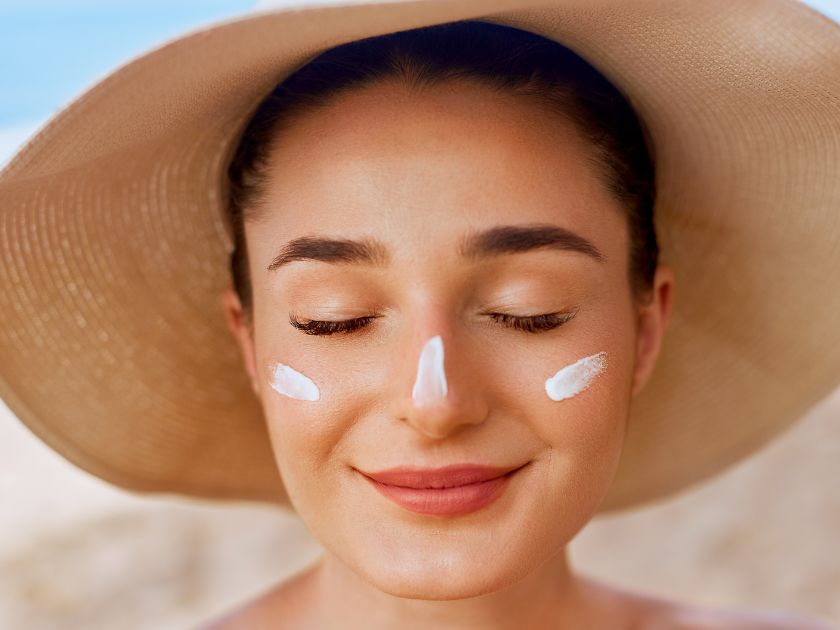
- Check the label. Look for sunscreens that are labeled reef-safe, which indicates that they do not contain nanoparticles, oxybenzone, or octinoxate.
- Look for sunscreens that are mineral-based and rely on ingredients like titanium dioxide or zinc oxide to protect from the sun’s UV rays.
- Choose a sunscreen with a high SPF rating (at least 30) to ensure you get adequate protection against the sun’s rays without causing damage to coral reefs.
- Consider its packaging. Most plastic containers are made using polyethylene, which can be damaging to wildlife if it ends up in our oceans. Therefore, look for options that come in biodegradable or compostable containers.
- Ensure that any product you purchase is cruelty-free or has not been tested on animals.
Hawaii-made Reef-Safe Sunscreen
These reef-safe sunscreens have become increasingly popular over the years due to their ability to provide effective protection against the sun’s rays while being gentle on our oceans and marine life. By choosing one of these options when planning your next beach day in Hawaii, you can rest assured knowing your skin will be safe from sun damage without compromising on our planet’s welfare.
Raw Love Sunscreen’s SPF 35 is a full broad spectrum sun protection. It uses non nano zinc as the active ingredient and certified organic plant-based materials to offer luxury protection for your skin. The natural mineral sunscreen formula is water resistant and FDA compliant, providing beneficial antioxidants while also moisturizing your skin.
The passion for product excellence and environmental responsibility is evident in every aspect, from ingredient sourcing to shipping. It stands out from the rest by offering unparalleled sun protection with a fully naturally derived vegan formula and carbon negative bio-resin packaging. The 100% carbon neutral production guarantees your peace of mind. The brand is committed to the well-being of your skin and our planet.
This sun care line is gentle and safe for even the most sensitive skin as we use only natural ingredients from mother nature. It’s 100% natural. It is eco-friendly, so all our packaging is consumer-conscious and sustainably sourced. The product is tested for purity and effectiveness, and guarantees the SPF and water resistance as per FDA standards.
Mama Kuleana’s sunscreen boasts a superior SPF 30 formula that shields you from harmful UVA/UVB rays, and stays put even when wet or sweat-drenched. The sunscreen packaging is fully biodegradable, microplastic-free, and doesn’t pollute the ocean. It is a local, family-owned company that prioritizes environmentally-safe reef and skin products.
Is There a Law in Hawaii for Reef-safe Sunscreen?
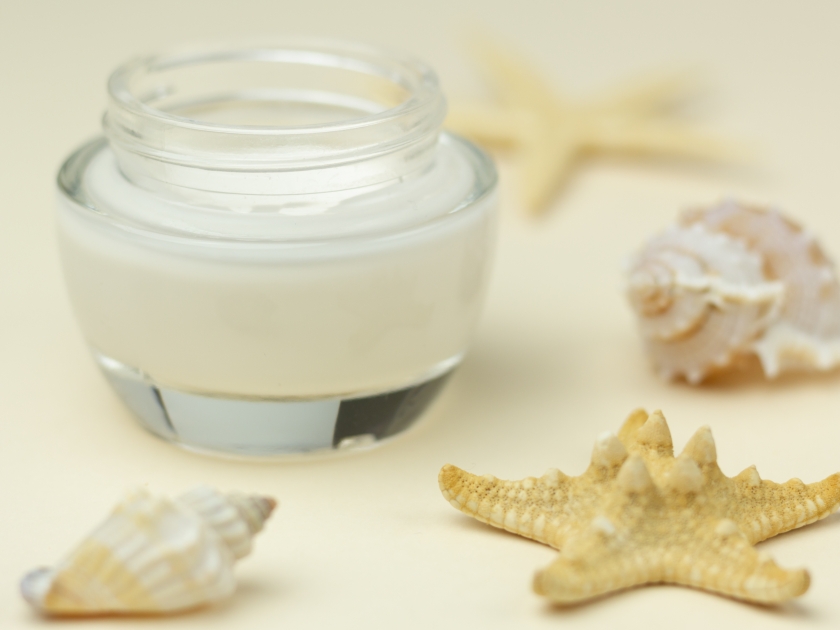
In recent years, the Hawaiian government has taken steps to protect its precious coral reefs from pollution and other environmental damage. In 2018, Hawaii was the first state in the US to pass a law banning certain chemical sunscreens that contain oxybenzone or octinoxate. This law prohibits the sale, offer for sale, distribution, and purchase of sunscreen products that contain more than 0.5% of these compounds within Hawaii’s marine environment boundaries. The new law also requires reef-safe sunscreen options to be clearly labeled as such and encourages beachgoers to use eco-friendly alternatives instead.
Hawaii Sunscreen Ban List
Certain brands have been banned from Hawaii’s reefs due to the potential environmental harm they could cause. Common brands that are prohibited include:
- Neutrogena Ultra Sheer Dry-Touch Sunscreen
- Neutrogena Beach Defense
- Banana Boat Baby Sunblock Lotion SPF 50+
- Coppertone Water Babies Sunscreen Lotion SPF 50
- Hawaiian Tropic Silk Hydration Weightless Sunscreen Mist with SPF 30.
Currently, these brands don’t provide sunscreens that are reef-safe or reef-friendly, but as the year progresses, they will need to reformulate to be competitive. So, continue to examine their labels.
How to Apply Reef-safe Sunscreen Correctly
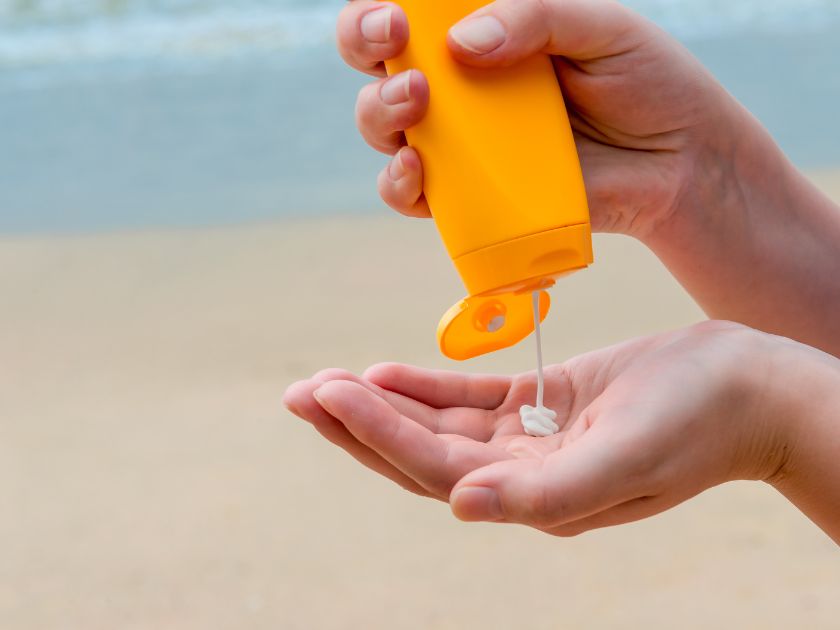
When applying sunscreen, it is important to use enough product to ensure that your skin is fully protected from the sun’s rays. To do this, follow the steps below:
- Use at least one ounce for every part of your body that you plan to expose – about a shot glass full.
- Make sure to apply sunscreen 15-30 minutes before exposure and reapply every 2-4 hours or after swimming or sweating as the active ingredients can break down over time.
- When reapplying, be sure to check the expiration date of your sunscreen and replace it if necessary.
- It is also important to pay special attention to areas that are more likely to be exposed such as the face, neck, ears, hands, and feet since these areas generally need more coverage than others.
- If you are using a reef-safe sunscreen spray, make sure to hold the bottle 6-8 inches away from your body and apply it in a well-ventilated area like an open window or doorway so you don’t inhale any chemicals in the process.
- We recommend that adults wear sunglasses and hats with wide brims for extra protection against harmful UV rays.
Where to Buy Reef-safe Sunscreen in Hawaii
Reef-safe sunscreen is readily available in Hawaii at major pharmacy chains, outdoor stores like REI, and local farmer’s markets. Many popular brands sold in Hawaii are biodegradable and free from harmful chemicals like oxybenzone and octinoxate. Look for certifications from organizations like The Environmental Working Group or the Haereticus Environmental Lab to ensure environmental safety. Additionally, check the SPF rating to ensure adequate UV protection while being eco-friendly.
Use The Best Reef-safe Sunscreen on Your Next Visit To Hawaii!
It is extremely important to choose a reef-safe sunscreen when visiting Hawaii due to the damaging effects of conventional sunscreens on the local environment. Non-reef-safe sunscreens may contain harmful chemicals that can also be absorbed through human skin, putting beachgoers at risk of potential health issues. By choosing a reef-safe sunscreen instead, you can enjoy all the benefits of sun protection without doing any damage to the beautiful Hawaiian reefs and beaches. Not only is it more environmentally friendly, but it also ensures that Hawaii’s coral reefs will remain untouched and pristine for many generations to come!



